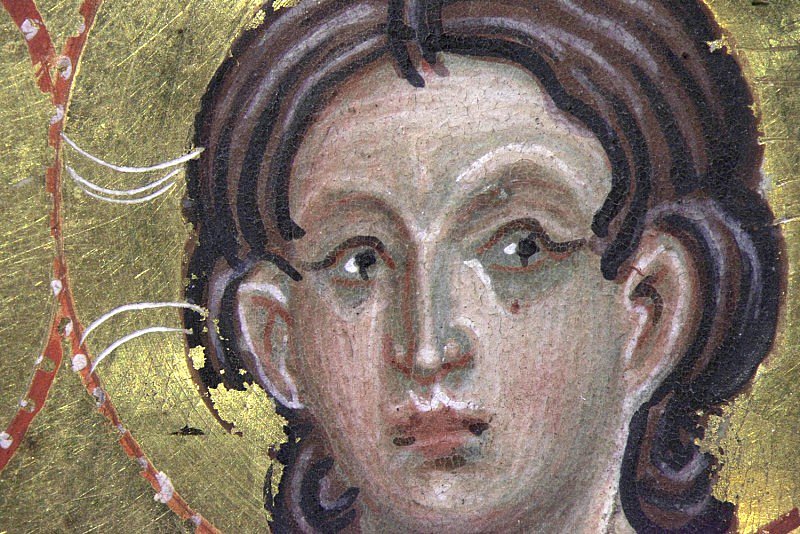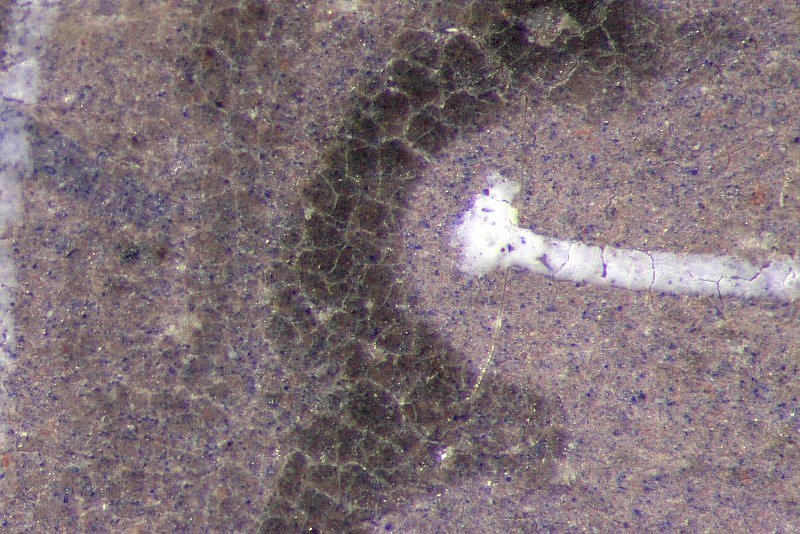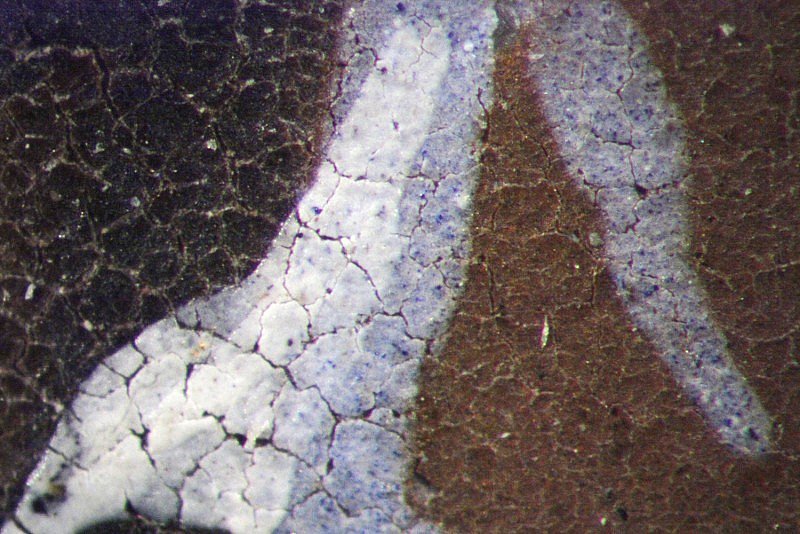The Master of Giovanni da Gaibana
Artists
This artist illuminated a manuscript copied in 1259 for the Cathedral of Padua by the scribe Giovanni da Gaibana, hence his name. The manuscript is still in Padua (Biblioteca Capitolare, MS E2) and the Gaibana Master must have travelled north of the Alps after its completion, bringing with him the ‘precious’ style and Byzantine iconography prevalent in the Veneto at the time.
His migration has been associated with Duke Henry III’s brother, Vladislav, who studied in Padua before becoming bishop of Passau and archbishop of Salzburg in 1265, and Bishop of Breslau in 1268. Other volumes made for religious houses in the archdiocese of Salzburg contain images by the Gaibana Master or his associates, but the Master’s contribution to the Breslau Psalter – the full-page Beatus initial for Psalm 1 on fol. 23v – is the image most intimately connected in style and execution to his illuminations in the Paduan volume. His work is characterised by luminous colours; dignified figures with icon-like expressions; softly modelled faces with smoothly blended flesh tones; elegant drapery with rhythmical, nestled folds; and the flowering, broccoli-like trees considered to be one of his signature motifs.



Historiated Beatus initial with God the Father above Christ, the Virgin and St John the Baptist (Psalm 1)
This, the most accomplished illumination in terms of style, technique, composition and iconography, was painted by the Master of Giovanni da Gaibana. The upper lobe of the initial B contains God the Father and two angels. The lobe below contains a Byzantine iconographic scheme known as the Deësis and showing the Virgin and St John the Baptist interceding with Christ for the salvation of humankind. The artist has used elements from both scenes to suggest a third one, Christ’s Baptism. The Baptist’s figure is aligned with the Father’s scroll above, inscribed with a quotation from St Matthew’s account of Christ’s Baptism, Hic est filius meus dilectus in quo… (‘This is my beloved son in whom…’). The intersection with the dove of the Holy Spirit unites the Father above and the Son below into a vertical image of the Trinity. The prophetic psalmody of King David (in the left letter shaft) harmonises the Old Testament poems and their New Testament fulfilment. In the curves on the right, Solomon praises God’s wisdom pictured beside and referred to in the opening words of Ecclesiasticus, omnis sapiencia a domino (‘all wisdom is from God’), penned on his scroll. Below, Isaiah predicts Christ’s virginal conception, his scroll inscribed with his prophecy, Ecce virgo [concipiet] (‘Behold, a virgin shall conceive’).
The image exemplifies the Gaibana Master’s salient features: compositions and protagonists resembling Byzantine icons; drapery with rhythmical folds, nestled patterns and thick impasto creating a relief effect; fabrics highlighted in white, geometrically shaped areas and shaded in darker, transparent glazes; flesh and facial features outlined in red, painted with earth pigments and built in gradation from a dark, green-grey undertone through carefully blended flesh colour to red shading and white highlights (hotspot 1). The violet colour in the initial, a mixture of vermilion and ultramarine blue, is unique in the manuscript (hotspot 2). The light grey hue on the border of St John the Baptist’s mantle was obtained by mixing a small amounts of ultramarine blue with lead white (hotspot 3).
